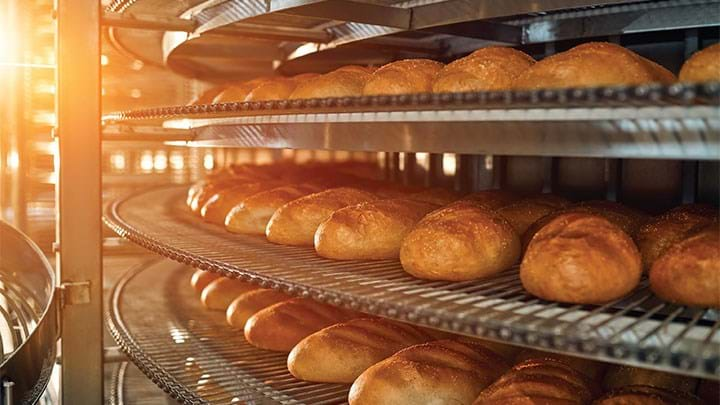The Greatest Thing Since Sliced Bread?

Estefania Lopez-Quiroga and colleagues look at alternatives for food manufacture that challenge economies of scale
OVER the past couple of decades, we have got used to consuming Fiji water, Australian wines, and Belgian chocolates and beers. We have got really good at manufacturing foods that can endure global shipping, are still safe and tasty, and make a profit. But at the same time, the food manufacturing sector has been under pressure from governments and policy makers to reduce its environmental impact. What can we do to increase sustainability and still satisfy consumer demand for healthier, fresher and more personalised foods? We have seen a renaissance of food crafters, food halls and markets, a reconnection with local producers and local food networks. Is this the way to go?
In this feature we’ll look at potential decentralised alternatives for food manufacturing and pose the key question: can they really challenge economies of scale? Are these realistic, feasible alt ernatives to centralised manufacturing systems? We also focus on the work we have done in the area, which was driven by an interest on decentralised small-scale, local food processing as a way to reduce energy demand during manufacturing. This was a first step to solve a particularly interesting problem for chemical engineers: we know how to scale up manufacture, but what about scaling down?
Food manufacturing as we know it
The food and drink Industry is the largest manufacturing sector in the UK, with a turnover of more than £104bn (US$126bn) in 2019 – almost 20% of total UK manufacturing – and 4.3m people employed in its supply chain1.
The way food manufacture operates is still strongly based on the “food factory” concept – a large-scale manufacturing facility, economically driven by economies of scale that satisfies the demands of a whole region (or country) through a lengthy supply chain. This is the very definition of a centralised manufacturing system, indeed a very efficient way of manufacturing foods, both in terms of cost and in terms of market presence. For example, global brands like Cadbury or Stella Artois produce their chocs and beers in just a few centralised factories but they can be found all around the world.
But centralised food manufacturing also has it disadvantages. Environmentally, both food processing and transportation are still highly dependent on fossil fuels2,3, with efforts focused on decarbonisation, as well as on reducing water use and food waste along the chain. The other main challenge that centralised manufacturing systems are currently facing is customisation. Whether we talk of special dietary requirements, artisan products or simply more diverse and personalised food choices, centralised systems lack the flexibility needed to respond quickly to consumer trends – required changes in processing lines and/or formulation might take months – but more critically, losing standardisation in their products means also losing some of the advantages of economies of scale, ie rising manufacturing costs.
The alternative: decentralised food manufacturing
Recent Editions
Catch up on the latest news, views and jobs from The Chemical Engineer. Below are the four latest issues. View a wider selection of the archive from within the Magazine section of this site.




